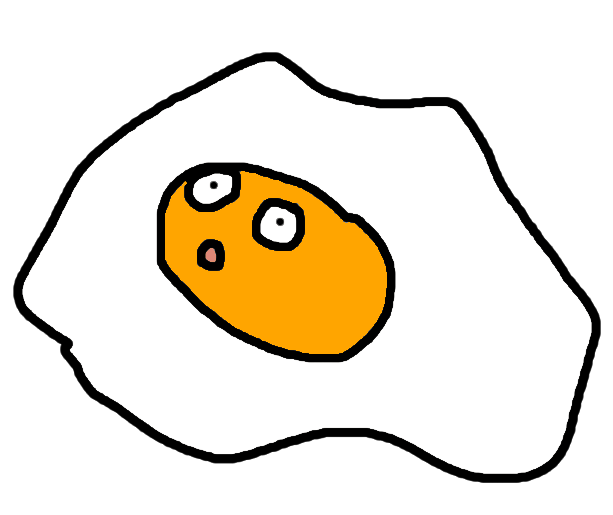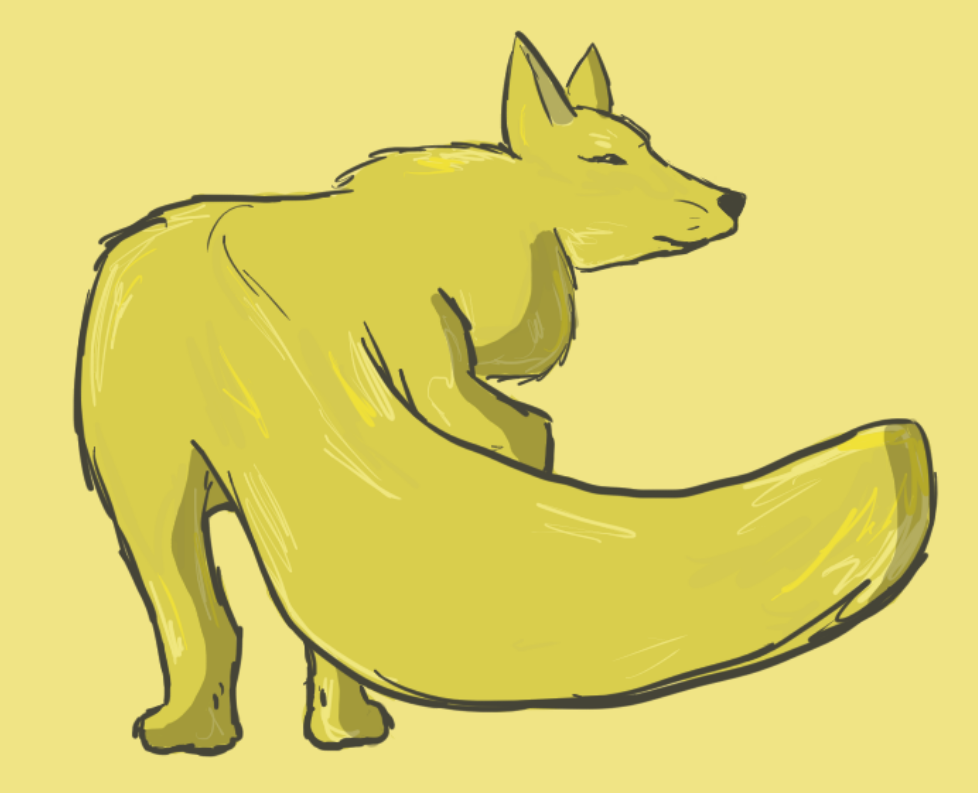Laosina
Geography, Location & Climate
Laosina has seven continents situated around the globe, with three in the Western Hemisphere and five in the Eastern Hemisphere. Dividing these supercontinents is the Ephelis Ocean, the largest ocean on the planet. The Sezeris supercontinent in the Western Hemisphere is on average about 20% warmer than the other supercontinent, primarily hosting warmer climates and biomes such as rainforests.
Avani, the Eastern supercontinent, is twice as large as Sezeris despite having only two continents. Avani's two continents are divided roughly North and South, with several mountain ranges, a desert and three large river systems dividing them. The third supercontinent, Ruimira, is on average much colder than the other two, located entirely in the southern hemisphere and on the South Pole. It consists of Ruibet and Imira, two small continents divided by tectonic plates and mountain ranges.
Avani
Kiin'i
Kiin'i is the largest continent, and the northernmost continent in the Avani supercontinent. It is inhabited mostly in the south in warmer climates, especially around the Peante Desert that divides both continents.
Kiin'i's main religion is Aphaeism. Aphaeists believe that people only exist to survive and reproduce to continue their species, and their cultures, especially around mating, greatly reflect this. Many people disagree with this religion, and so the people of Kiin'i that practice Aphaeism usually keep to themselves.
Keten
Keten is the southernmost continent on Laosina, and the other half of the Avani supercontinent. It is mostly inhabited in the north, on the border between both continents. Several large cities lie on the western coastlines of Laosina, along high-altitude cliffs with zero chance of erosion.
Keten is the least inhabited continent on Laosina, and roughly 1/4 of the entire landmass is dedicated protected lands for natural and unnatural wildlife. Keten's bubbling springs are popular with migrating animals from other planets, those that can survive travelling through space.
Sezeris
Etaes
Etaes is a continent in the Sezeris supercontinent, and is the hottest continent on the planet. It is the location of 70% of Laosina's hot deserts, those reaching over 40 degrees Celsius during summers.
For thousands of years, Etaes has been the least inhabited continent due to its uninhabitable deserts. In the last 100 years, the population of laosinans in Etaes has quadrupled, making it the third most inhabited continent on the planet, second in Sezeris.
Asagora
Asagora's most abundant biome are rainbow rainforests. These unique rainforests are glistening in all the colours of the rainbow, and more. These rainforests have an incredible amount of species, including golden foxes, the planet's Legional Animal. Asagora is a primarily tropical continent, boasting a number of vibrant biomes and landscapes.
Asagora is most known for the stark contrasts in biomes. To the south of the continent are tundras, with frequent snowfall creeping onto the rainbow forests just north. The people of Asagora live in sprawling cities, taking advantage of the abundance of valuable resources.
Amora
Amora's main export is the infinite-winged butterfly, an animal with the most untruthful name. Infinite-winged butterflies are named this for no apparent reason, and they are exported thanks to their production of silk. Simply called fern silk, these butterflies produce small amounts of an incredibly sturdy and unbreakable form of silk when forced into pressurised containers.
Many people are advocating for the banning of fern silk production, as it causes pain and suffering for the butterflies, but unfortunately it does not look like the people of Amora will be stopping any time soon.
Amora itself is a dry continent, made up mostly of grasslands and mountains. Countless small pockets of forest dot the landscapes, while lakes and rivers are much more abundant. Amora's altitude is lower than the sea level, which has caused the formation of so many lakes, seas, rivers and waterfalls in its basins.
Ruimira
Ruibet
Ruibet, also known as the Ruby Lands, is painted with crimson and scarlet. Ruibet's carmine forests to the east and west of the continent are well-known to be some of the most beautiful places on the planet to visit.
Ruibet is inhabited to the south by a small sophont, the ruby golems. These unnaturally occurring beings have an unknown creator, who presumably left them to their own devices long ago. Luckily, these golems have formed a functioning society based solely around work and productivity. Ruby golems rarely let outsiders into their territories, out of fear that they would ruin their productivity.
Imira
Imira's most famous for the rainbow rainforests that cover approximately 2/3 of the entire continent. These forests are flourishing with life, especially fungi, and the native people of Imira have spent hundreds of years figuring out a balance between technology and nature.
Imira is one of the most populated continents on Laosina, with approximately 2 billion inhabitants. The Laosina Space Legion's on-planet site is located in the depths of the carmine forests of Imira, and is easily noticeable as a beacon emits a light that can be seen from the depths of space.
History
Laosina was first formed three billion years ago, when two asteroids collided into a planet at the same time, causing the destruction of all three and the formation of two small planets, one of which is Laosina. The planet was tormented with immediate earthquakes, tornadoes and hurricanes as an atmosphere formed practically immediately due to the presence of oxygen and other gases inside of the two colliding asteroids.

Because of the immediate presence of an atmosphere, life also formed very quickly. In the early stages of Laosina, known as the Dead Era, all living organisms had to navigate a world of extreme temperatures, both hot and cold, as well as extreme weather patterns. 2.59 billion years ago, an asteroid containing carminite hit the planet along the Equator. It caused a massive tectonic shift, resulting in the formation of tectonic plates and caused a number of oceans to form, as aftershock earquakes caused enormous valleys to manifest.
The asteroid caused weather and climate patterns to drastically shift, and the number of extreme weather decreased by 1000%. Life flourished worldwide after this point, and many millions of species arose, each complex and unique in their own way. Around a billion years ago the ruby golems appeared. These creatures were not natural in any way, with incredible technology stuffed inside their metallic corpses. These creatures went about their simple lifes, programming in their homes on alien devices.
Laosina's native sophonts have only been existed for approximately 300,000 years, meaning the creator of the ruby golems could not have been a laosinan. The laosinans quickly spread across the planet, forming many major settlements and cultures. As laosinans adapted to their different environments they diversified, however all connected as they constantly traded with each other for new information, resources and alliances.
The Laosina Space Legion was formed 95 years ago, and has not made any major advances in space. They have attempted to enforce several new regulations on space crime, however none have been passed. The Laosina Space Legion is still making attempts to have their voice heard, but it is not looking likely for them.
Fauna, Flora & Fungi
Laosina has some of the most diverse lifeforms. Approximately 94% of named species on the planet are invertebrates, or 47 million species. Laosinans themselves are invertebrates, in the Mantodea order.
Invertebrates dominate the food webs and ecosystems of the planet, with the majority of apex predators some form of invertebrate, typically an insect. Many carnivorous vertebrates are opportunistic hunters, such as golden foxes.
There are much less flora species than fauna, however flora are more abundant. Rainbow rainforests contain roughly 3 million species of plants, half of the plant species on the planet. Most of the tree species on Laosina are deciduous and lose their leaves in winters. As well, most of the plant species on Laosina are bright and colourful, using aposematism to scare off predators. Many flower species exhibit striking patterns, especially on their leaves, such as bright blue and yellow stripes.
There is an incredible amount of fungi species on Laosina. On the North Pole is an infestation of mycelial roots stretching many thousands of kilometres in every direction, slowly expanding. These fungi have seemingly adapted to the sub-zero temperatures and there are no hopes of stopping it. Scientists have recently discovered that these fungi cannnot handle temperatures greater than 2℃, which is helpful to know in case of a biological emergency where the fungi need to be eradicated.
Sophonts
Laosinans
Laosinans are a species of intelligent mantis. These fragile, slender beings are typically quite shy and aren't very often seen mingling with other species in space colonies. However in recent years many laosinans have become more confident, and this is especially shown in the Laosina Space Legion.
Laosinans are bright pink in colour, with dark purple streaks along their spindly bodies. They have five brains across their bodies which operate in harmony with one another. They are hindered by their eyesight however, as they still possess compound eyes despite being a very advanced species anatomically.
Tourism
Tourism isn't very common on Laosina. Visitors mostly target the larger cities, and in recent years tourist-focused buildings have been constructed to guide them about these large settlements. Most laosinans go their entire life without ever seeing someone of another species, yet recently it's becoming more common.
Most people of other species also go their entire lives without ever seeing a laosinan. 99.8% of laosinans live on Laosina and have never left, and laosinan cultures are not known in the slightest outside of their planet. Visitors are taught all about their cultures though, and are encouraged to embrace every aspect of it while they are there. Insult their cultures and expect to be escorted back to your spacecraft and forced out of the planet.
Space Legion
Formed 95 years ago, the Laosina Space Legion is a relatively new addition to the fleet of thousands of Space Legions in District 2. It has made no significant impact on life in space, thanks to the shy and reserved natures of laosinans. Their several attempts at passing new laws have all been unsuccessful, which has dampened their reputation, if they have one at all.
The Legion's off-planet headquarters resides on A-Planet 29D, a rogue A-Planet just outside of the Oarasal System. When not attempting to introduce new laws, they distribute information from one Legion to another, as they are conveniently located on one of the Galactic Highway's main junctions.
3
Distance From Sun
3.9 AU





Poor butterflies. :( I love the concept of rainbow rainforests, that sounds like such a fun biome. And the Laosinians themselves sound fascinating.
Thank you so much! The butterflies are upsetting, and what's even worse is they're inspired by the existing silkmoths D: And I'm glad you enjoy the rainbow forests! They'll be present in the planet's header image when I draw it :D